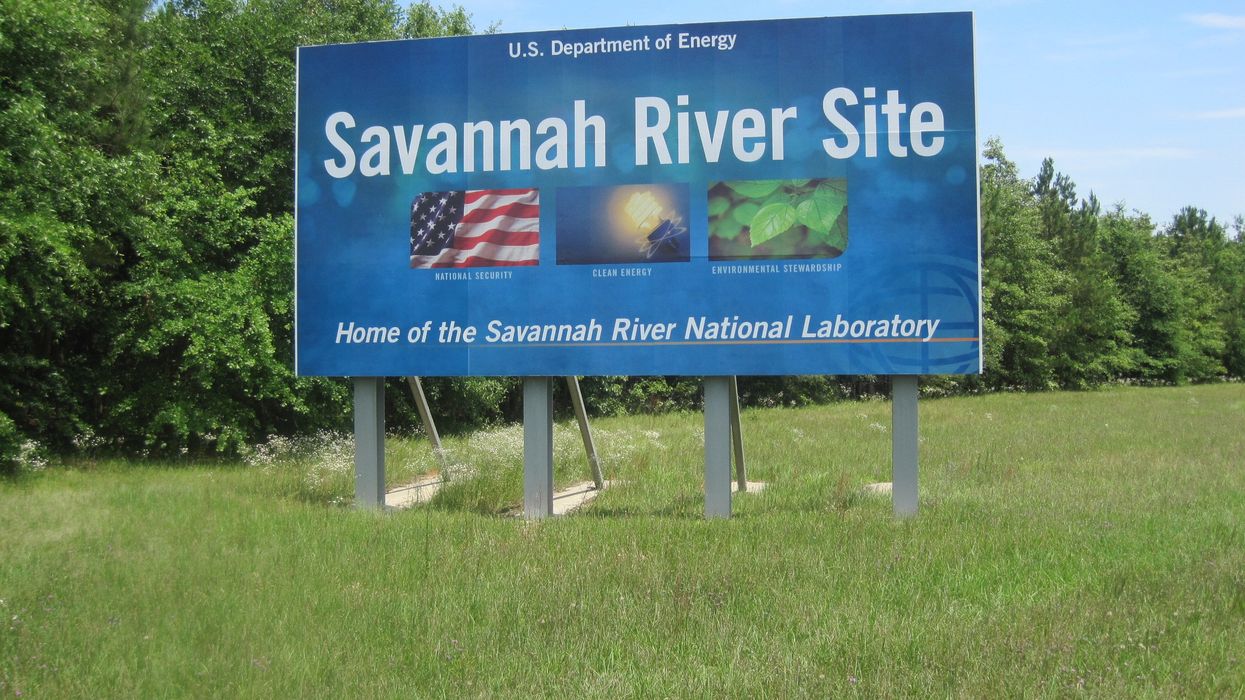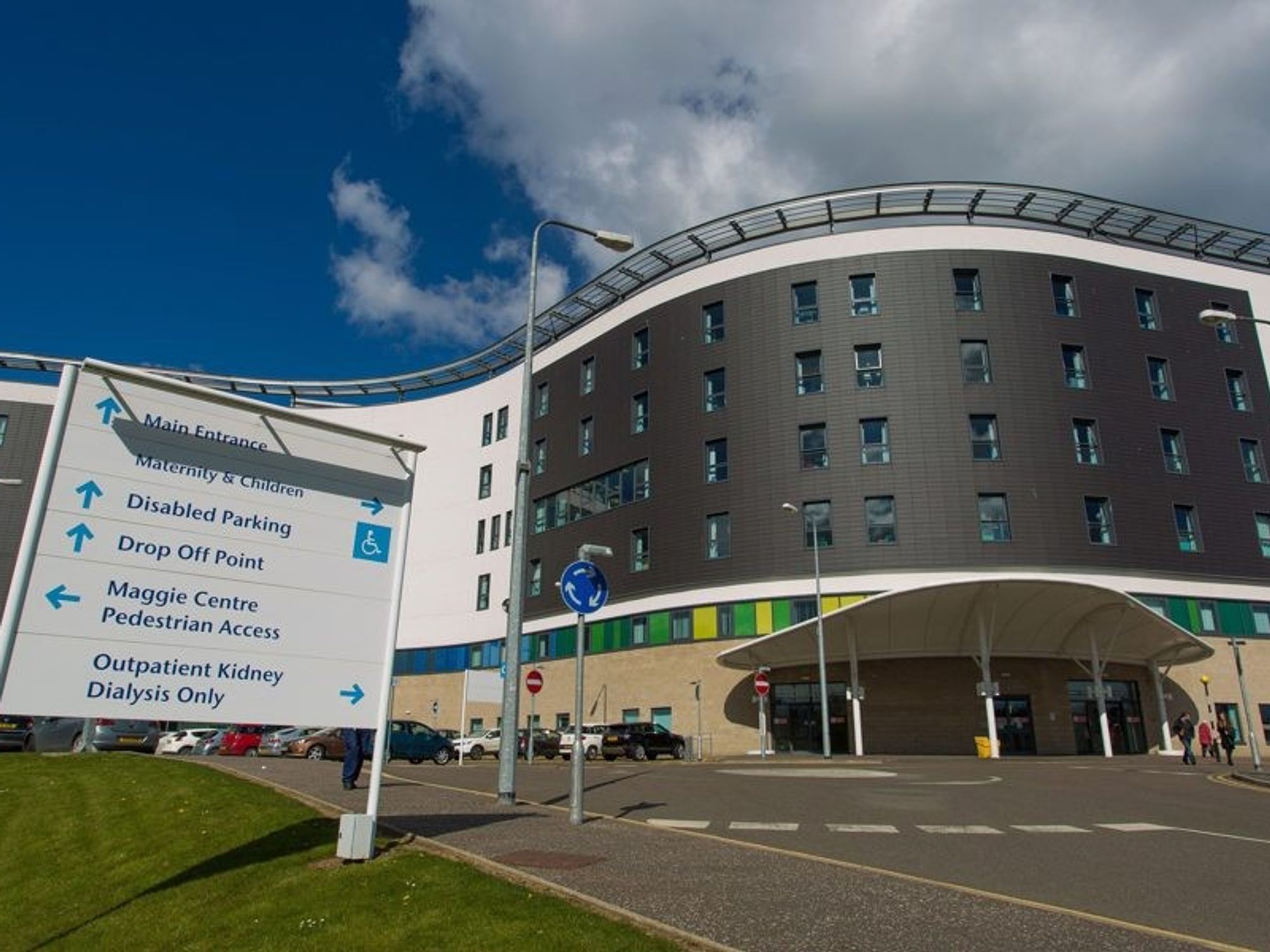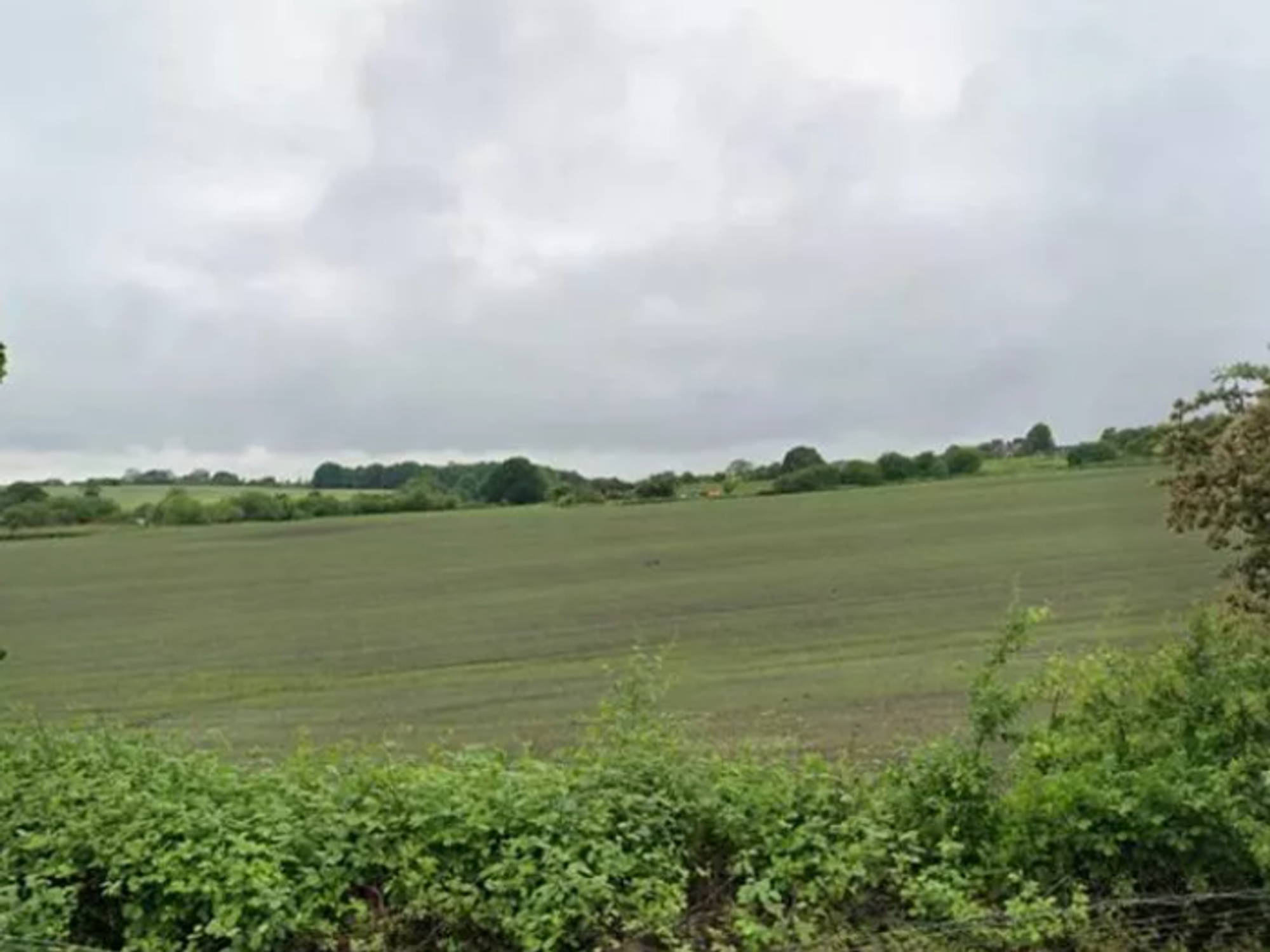Radioactive wasp nest discovered at former nuclear bomb site

The wasp nest was discovered at the Savannah River site
|Bill Golladay/Wikimedia Commons

The nest contained 10 times the level of radioactive contamination allowed under federal regulations
Don't Miss
Most Read
Trending on GB News
A radioactive wasp nest was discovered at a site formerly used to make US nuclear weapons, officials have said.
According to a report by the US Department of Energy published on July 22, the nest was discovered opposite a tank at the Savannah River Site in Aiken, South Carolina.
It contained 10 times the level of radioactive contamination allowed under federal regulations.
"The wasp nest was sprayed to kill wasps, then bagged as radiological waste", the report stated.

The wasp nest contained 10 times the level of radioactive contamination allowed under US regulations
|GETTY
"The ground and surrounded area did not have any contamination."
It added that the wasp nest is considered "onsite legacy radioactive contamination" and is "not related to a loss of contamination control".
The wasp nest was found by the Radiological Control Operation team at the site on July 3.
Investigators concluded that "no further action" was required in the area.
LATEST DEVELOPMENTS:
"There is no impact from event on other activities and operations," the Department of Energy report added.
Savannah River Mission Completion, which manages the 310-square mile site, confirmed the nest was discovered during routine radiation monitoring checks.
"Per procedure, the nest was sprayed, and the nest was surveyed for contamination", according to local newspaper Aiken Standard.
"While no wasps were found on the nest, the individual insects would have significantly lower levels of contamination."

No wasp were said to have been found in the nest
|GETTY
Savannah River Site Watch, a watchdog for the site, criticised the Department of Energy's report for lacking detail.
“I’m as mad as a hornet that Savannah River Site didn’t explain where the radioactive waste came from or if there is some kind of leak from the waste tanks that the public should be aware of,” Tom Clements, executive director of the group said.
The Savannah River Site opened in the 1950s.
It focused on the production of plutonium, a component which can be used to create nuclear bombs, and tritium for use in the manufacture of nuclear weapons until the end of the Cold War.
The site still operates today but is instead focused on supporting radiological and chemical cleanup activities.
More From GB News










